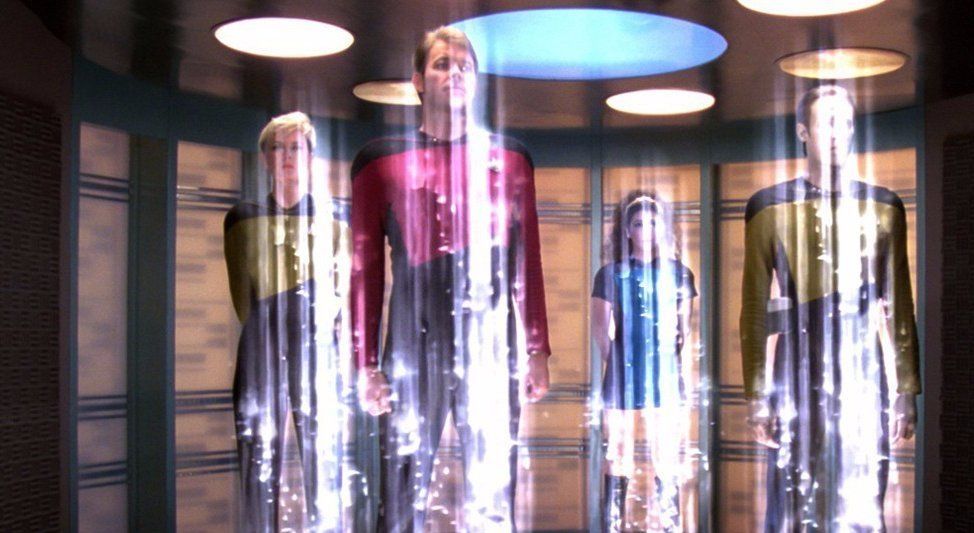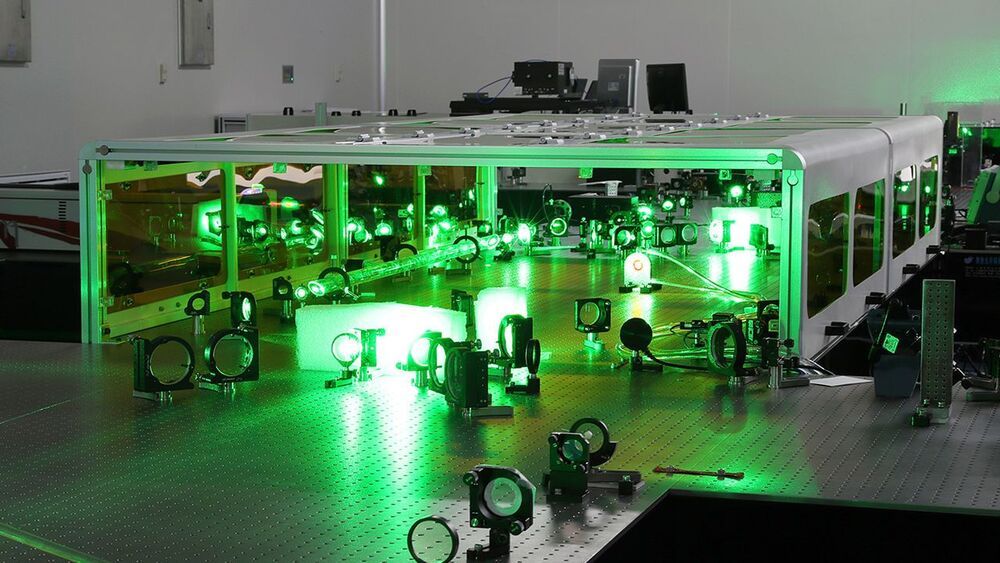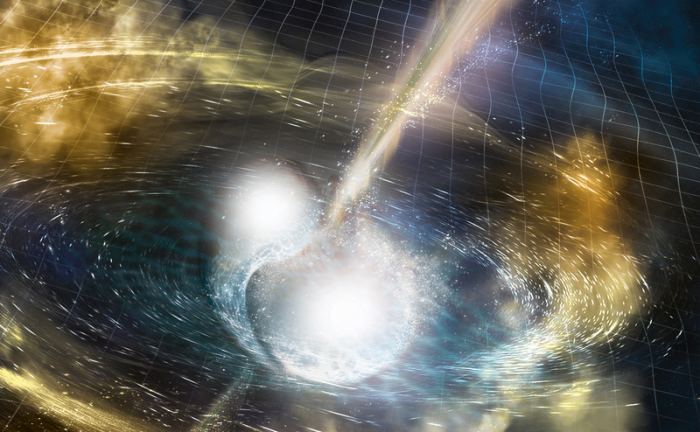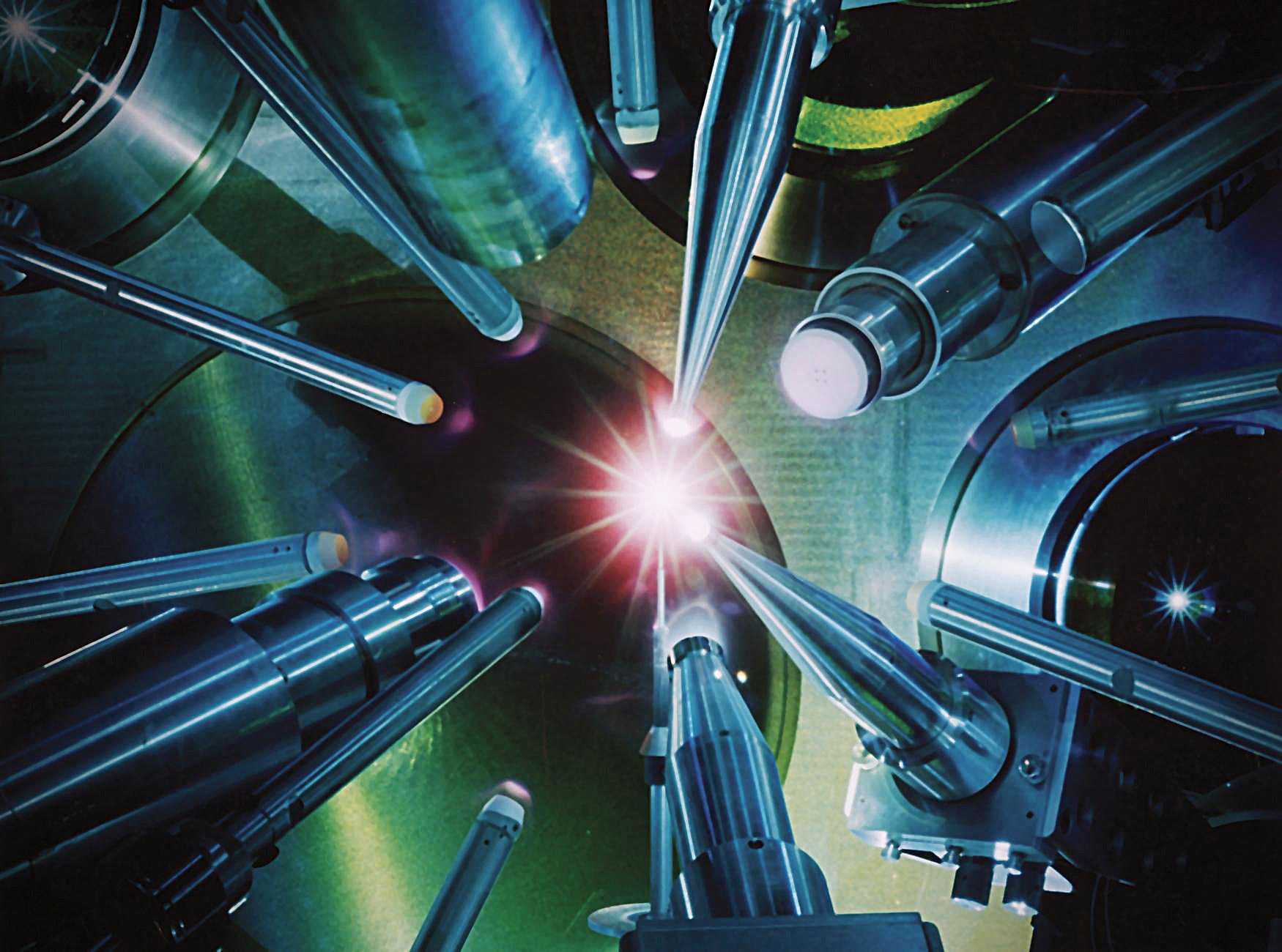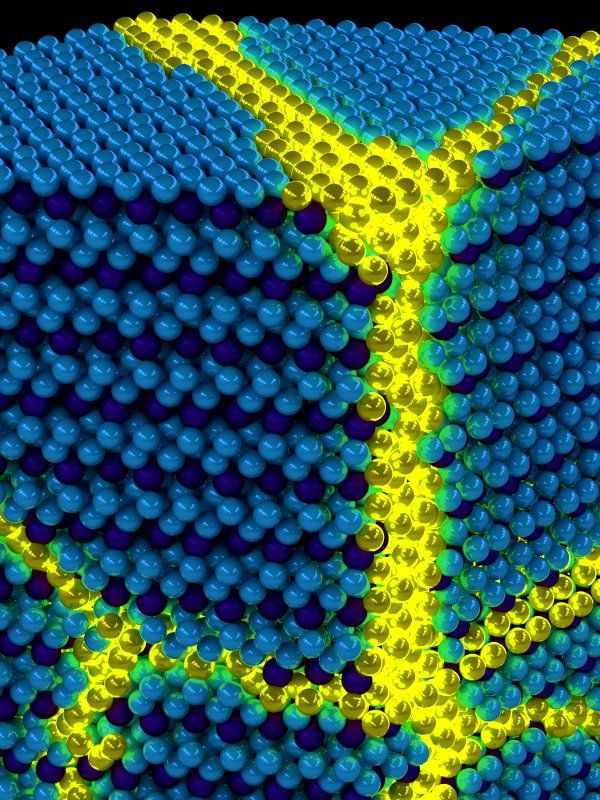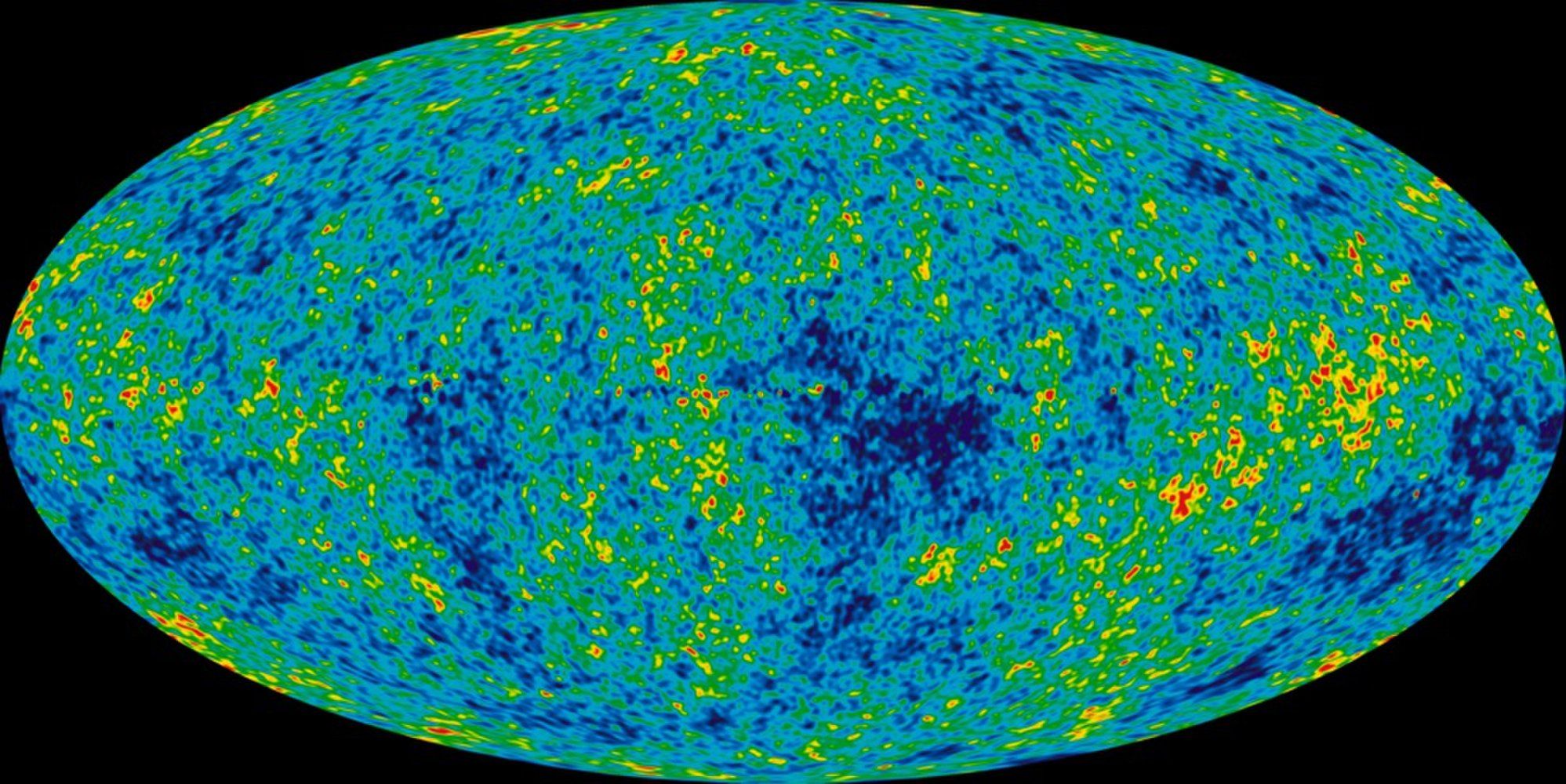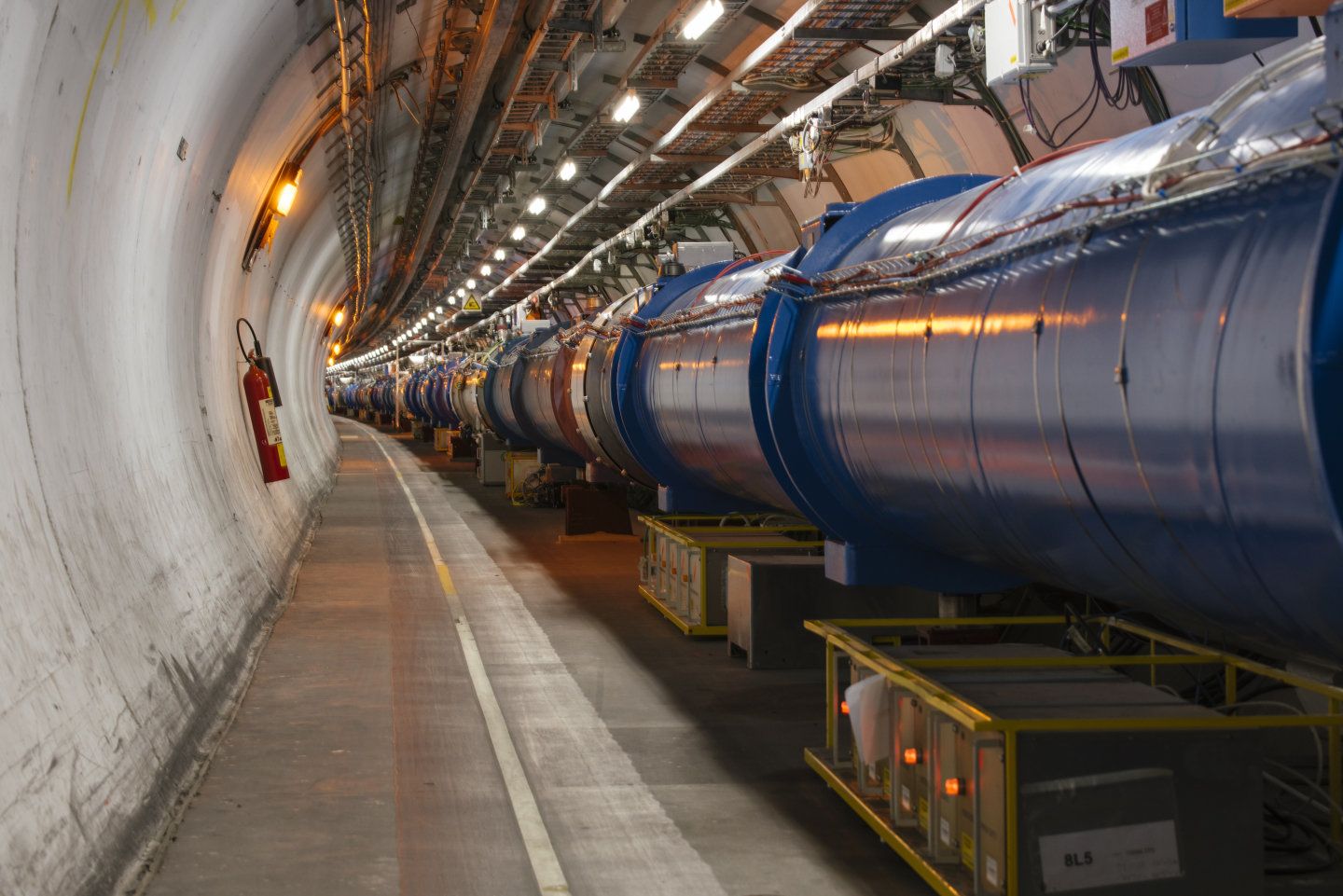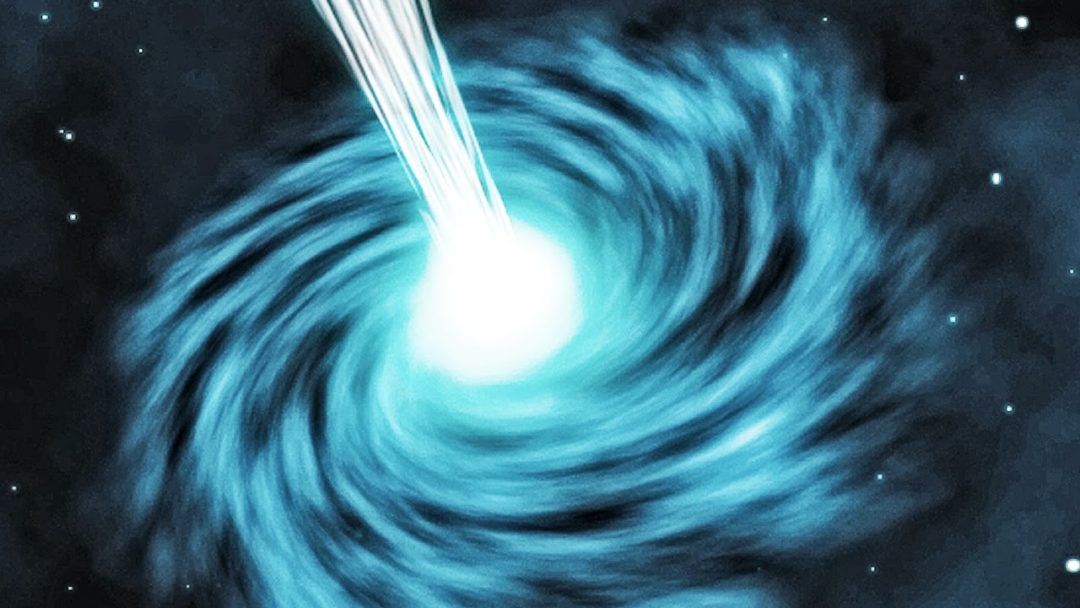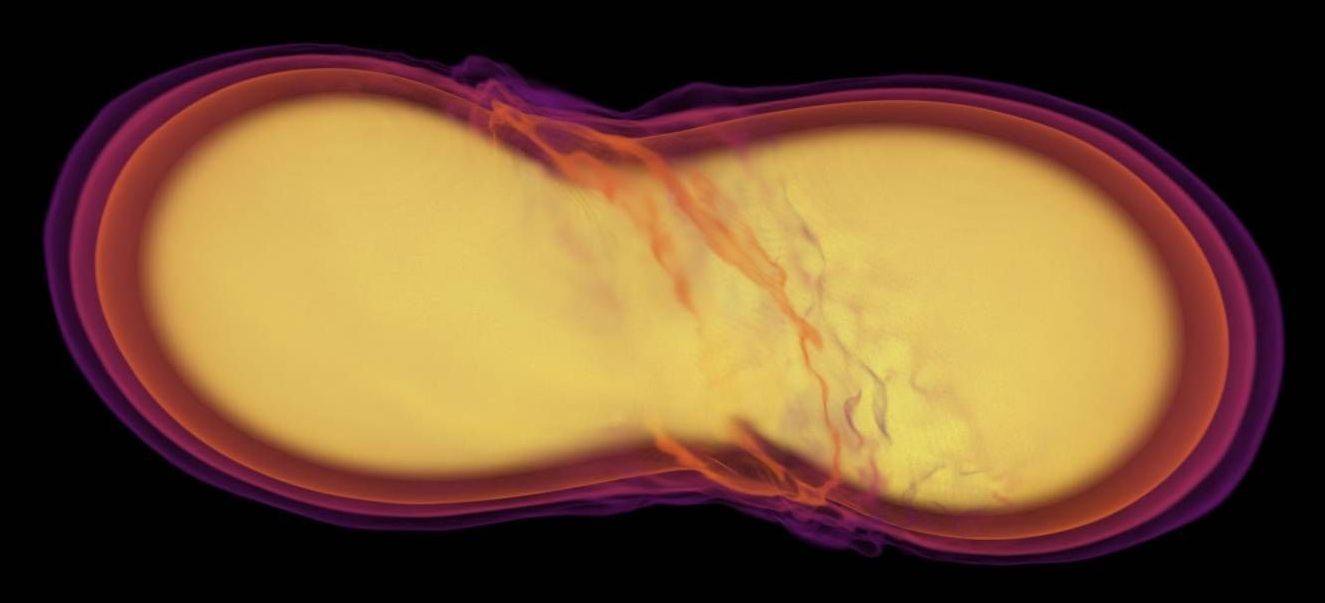Archive for the ‘physics’ category: Page 257
Jan 24, 2018
Physicists are planning to build lasers so powerful they could rip apart empty space
Posted by Shane Hinshaw in category: physics
Jan 23, 2018
Here’s Something Strange, the Afterglow from Last year’s Kilonova is Continuing to Brighten — By Matt Williams | Universe Today
Posted by Odette Bohr Dienel in categories: astronomy, physics, space
“This unexpected behavior has led to a serious buzz in the scientific community, with astronomers trying to come up with explanations as to what type of physics could be driving these emissions.”
Jan 7, 2018
Computational astrophysics team uncloaks magnetic fields of cosmic events
Posted by Shailesh Prasad in categories: computing, cosmology, physics
The development of ultra-intense lasers delivering the same power as the entire U.S. power grid has enabled the study of cosmic phenomena such as supernovae and black holes in earthbound laboratories. Now, a new method developed by computational astrophysicists at the University of Chicago allows scientists to analyze a key characteristic of these events: their powerful and complex magnetic fields.
In the field of high-energy density physics, or HEDP, scientists study a wide range of astrophysical objects—stars, supermassive black holes at the center of galaxies and galaxy clusters—with laboratory experiments as small as a penny and lasting only a few billionths of a second. By focusing powerful lasers on a carefully designed target, researchers can produce plasmas that reproduce conditions observed by astronomers in our sun and distant galaxies.
Planning these complex and expensive experiments requires large-scale, high-fidelity computer simulation beforehand. Since 2012, the Flash Center for Computational Science of the Department of Astronomy & Astrophysics at UChicago has provided the leading open computer code, called FLASH, for these HEDP simulations, enabling researchers to fine-tune experiments and develop analysis methods before execution at sites such as the National Ignition Facility at Lawrence Livermore National Laboratory or the OMEGA Laser Facility in Rochester, N.Y.
Continue reading “Computational astrophysics team uncloaks magnetic fields of cosmic events” »
Dec 26, 2017
The biggest scientific breakthroughs of the year, now in video form!
Posted by Derick Lee in categories: innovation, physics

Each year, Science’s editors and writers highlight a top research achievement as their Breakthrough of the Year. For 2017, the honor goes to the first full observation of a neutron-star merger, made possible by detecting gravitational waves created by the stars as they spiraled into each other. But there a lot of other advances to talk about, from the oldest ice to the newest ape. Check them all out in this video rundown.
A video compilation of some of the biggest advances of 2017.
Continue reading “The biggest scientific breakthroughs of the year, now in video form!” »
Dec 8, 2017
Physicists excited by discovery of new form of matter, excitonium
Posted by Saúl Morales Rodriguéz in category: physics
Excitonium has a team of researchers at the University of Illinois at Urbana-Champaign… well… excited! Professor of Physics Peter Abbamonte and graduate students Anshul Kogar and Mindy Rak, with input from colleagues at Illinois, University of California, Berkeley, and University of Amsterdam, have proven the existence of this enigmatic new form of matter, which has perplexed scientists since it was first theorized almost 50 years ago.
The team studied non-doped crystals of the oft-analyzed transition metal dichalcogenide titanium diselenide (1T-TiSe2) and reproduced their surprising results five times on different cleaved crystals. University of Amsterdam Professor of Physics Jasper van Wezel provided crucial theoretical interpretation of the experimental results.
So what exactly is excitonium?
Dec 4, 2017
WMAP Team Wins $3 Million Breakthrough Prize in Fundamental Physics
Posted by Genevieve Klien in categories: cosmology, evolution, physics
A team of researchers who helped shape our understanding of the origin, evolution and nature of the cosmos is now $3 million richer.
Those folks worked on NASA’s WMAP space mission, which was awarded the 2018 Breakthrough Prize in Fundamental Physics today (Dec. 3) during a ceremony in Palo Alto, California.
From 2001 to 2009, WMAP mapped the cosmic microwave background (CMB) — the light left over from the Big Bang — with unprecedented precision. This work allowed scientists to nail down the age of the universe (about 13.8 billion years), its rate of accelerating expansion (roughly 70 kilometers per second per megaparsec) and its basic composition (about 5 percent “normal” matter, 24 percent dark matter and 71 percent dark energy). [Dark Matter and Dark Energy: The Mystery Explained (Infographic)].
It’s the end of the road for the protons this year after a magnificent performance from the Large Hadron Collider (LHC). On Friday, the final beams of the 2017 proton run circulated in the LHC. The run ended, as it does every year, with a round up of the luminosity performance, the indicator by which the effectiveness of a collider is measured and on which the operators keep a constant eye.
The LHC has far exceeded its target for 2017. It has provided its two major experiments, ATLAS and CMS, with 50 inverse femtobarns of data, i.e. 5 billion million million collisions. The inverse femtobarn (fb-1) is the unit used to measure integrated luminosity, or the cumulative number of potential collisions over a given period.
This result is all the more remarkable because the machine experts had to overcome a serious setback. A vacuum problem in the beam pipe of a magnet cell limited the number of bunches that could circulate in the machine. Several teams were brought in to find a solution. Notably, the arrangement of the bunches in the beams was changed. After a few weeks, luminosity started to increase again.
Nov 15, 2017
Hypothetical White Holes Could Link us to Different Universes
Posted by Yugal Agrawal in categories: cosmology, physics
Black holes – everyone knows that they exist, but nobody really knows what they are exactly.
A lot of laws of physics seem to be ignored or omitted when it comes to black holes, so there always seems to be a missing link when it comes to understanding how they work.
BLACK HOLE Vs WHITE HOLE
Nov 2, 2017
Neutron star merger confirms decades of predictions
Posted by Dan Kummer in categories: cosmology, physics
While black hole collisions produce almost no signature other than gravitational waves, the collision of neutron stars can be — and was — observed up and down the electromagnetic spectrum. “When neutron stars collide, all hell breaks loose,” said Frans Pretorius, a Princeton physics professor. “They start producing a tremendous amount of visible light, and also gamma rays, X-rays, radio waves…”
Princeton researchers have been studying neutron stars and their astronomical signatures for decades.
